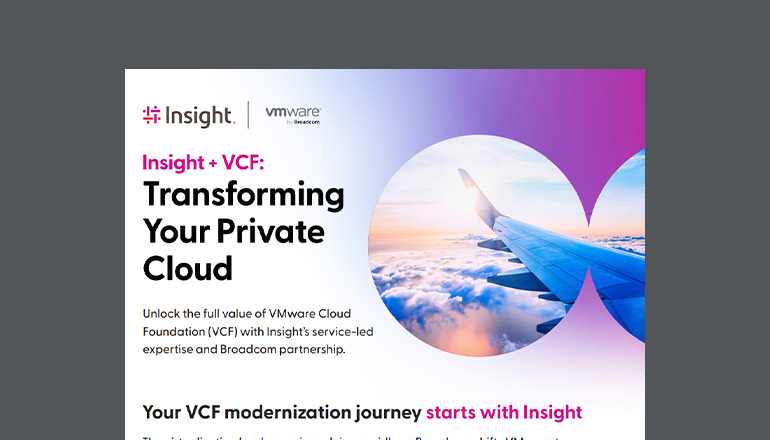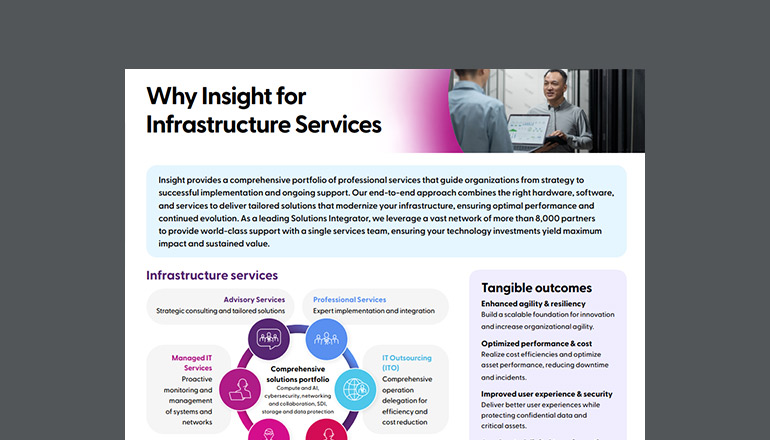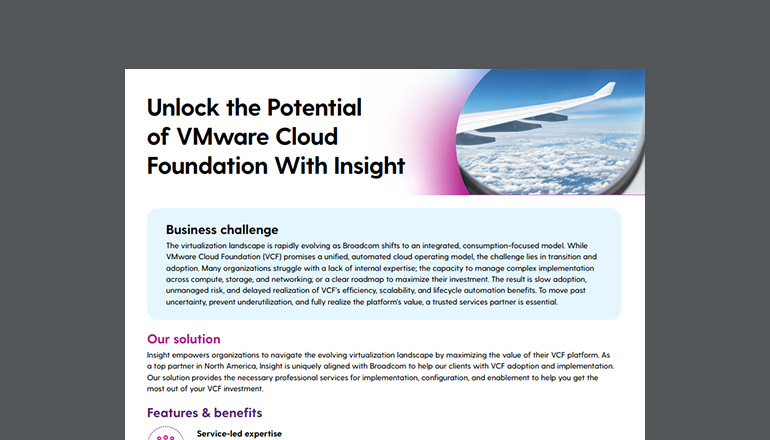Blog Reduce Risk and Increase Value With Learning Organizations
By Brad Nelson / 21 Mar 2023 / Topics: Modern infrastructure

"You are either building a learning organization, or you will be losing to someone who is."
– Andrew Clay Shafer
Every organization is constantly learning, but that does not make them a “learning organization.” Kodak learned that its competitors were not going to hold up technological advancements because they wanted to continue to sell physical film. Blockbuster learned that its customers would rather receive media in their homes without going to a physical storefront. The problem is that those organizations, and many others, learned these lessons too late. The question then becomes, how does an organization learn as quickly as possible? And how do leaders know that their organization is learning the right things?
The scientific method is the most effective way to learn.
First, we will look at how organizations learn, and since organizations are made of people, we need to look at how people learn. While insights might arise internally, humans learn from external stimuli. We learn by interacting with the environment around us. We learn from interacting with others. And ultimately, we learn through trial and error. As a species, humans have developed a system for studying the world through observation, experimentation and testing of theories against the evidence obtained. This is called science, and we trust this approach with the universe’s greatest mysteries. Therefore, whether your organization is researching new forms of energy, exploring other planets or trying to discover the next pop culture craze, the scientific method is the most effective way we know to ascertain information.
While the scientific method is incredibly old — we’re talking over 2,000 years — it wasn’t until the 1920s that Dr. Shewhart, known as the father of statistical quality control, illustrated the scientific method as the Plan, Do, Check, Act (PDCA) while working at Bell Labs. In Shewhart’s terms, Plan is the act of creating a theory, hypothesis or assumption. Do is when one acts on that plan. Check is when the person validates the results. And lastly, Act is where that person adjusts their understanding to this new evidence, before starting all over again with a new plan. All of humanity’s knowledge is built from this process.
Knowledge has a shelf-life.
The trick is understanding when an assumption is being made, as this can be done subconsciously. The other thing to be aware of is that a known fact can become an assumption if enough time passes. For example, phone companies knew that people needed to make phone calls while they were away from home and since a phone was tethered to a wall, these companies installed phone booths all over cities. Similarly, Britannica knew that people would appreciate having the world’s knowledge at their fingertips, so they sold volume after volume of encyclopedias.
Professional speaker and author Paul Rulkens tells the story of when Albert Einstein was a professor, and his assistant points out to Einstein that he is using the exact same exam that he used for the exact same class a year earlier. The assistant is shocked that he would use the same questions two years in a row, to which Einstein responds, “The answers have changed.” What was true back then is even more true in today’s rapidly changing times.
Therefore, it is not only important to learn quickly but to continue to learn quickly. Since there is a natural threshold to how fast something can be accomplished, it is the current constraint of the theory of relativity that there is no way to reach or exceed the speed of light. The fastest a human can traverse 100 meters by foot is just under 10 seconds, and as Fred Brooks so ascertained in 1975, nine women cannot produce a baby in a single month, therefore, how does an organization learn the quickest? This is a complex question that we do not yet know the answer to, however, by leveraging the scientific method for learning, we have learned things that increase organizational learning.
Speed up learning by improving quality, optimizing throughput and eliminating wastes.
First, it should be no surprise that quality is a key component to learning quickly since Dr. Shewhart was responsible for quality engineering at Bell Labs. Despite common misconceptions, a focus on quality not only increases an organization’s ability to deliver, which means it increases an organization’s ability to act on its plans, but it results in quicker feedback or learning. It also helps ensure that they’re able to learn the right lessons because there can be no feedback if the solution doesn’t function.
The next thing we know to be true is that if an organization wants to learn sooner then it can reduce the amount of information it is trying to receive at once. This means planning for a smaller amount of work, doing a smaller amount of work, releasing a smaller amount of work, then measuring that smaller amount of work and adjusting as needed. It goes back to the fundamental constraints of the universe, the more we try to do at once, the longer it will take. This is the same for the size of work as it is for the number of work items. The more things one tries to do at once, the longer everything takes, therefore it is important to reduce the number of things in progress at any given time.
We also know the number of people involved affects how long something will take. If a decision or learning has to surface up through the leadership chain and back down, it will inevitably take longer before it can be acted on. This is why it is important to decentralize decision-making by creating clear guidelines for empowerment. Likewise, the more people involved in doing the work, the more handoffs within a team, across teams, or across departments, the longer the work will take to complete. This is why more and more organizations are creating empowered cross-functional teams with the capability to not only create their own plans, but that can do the work from ideation to production, as well.
Learning organizations use the same techniques for internal growth.
There are entire books worth of things organizations can do, however, how an organization goes about these things can look quite different given its products/services, culture, employees, leadership structure, overall size, etc. Just like how what works for one individual may or may not work for another, what works for one organization may not work for another. That is why organizations that are the most successful at becoming learning organizations focus on their ability to learn and change internally, as well as externally. The approach for learning works just as well for unlocking internal capabilities as it does for developing valuable products.
Start by identifying what challenges your organization has to become a learning organization, then create a plan to address them. Keep these small and incremental so that your organization can learn if this change is resulting in the desired outcomes. You can always do more of something, but once time and resources are spent, they are gone. And keep in mind that companies with the same problem (e.g., a slow time to market) might have vastly different culprits (e.g., competing priorities, poor build quality or siloed dependencies). It would be ineffectual to introduce a new way of working and then pay the cost of learning this new way if it does not address the actual problem. Likewise, it is ineffective to attempt to adopt all best practices in a shotgun approach to “transformation,” when at best, some might be irrelevant and at worst, they might actually move you further away from your goals.
Reduce risk and prevent resistance with a collaborative approach.
A logical and incremental approach to introducing change into your organization’s ecosystem is a low-risk approach that naturally gains buy-in because the problems we are addressing are relevant. We are learning what is working along the way by doing just enough to see if we are having the desired effect, then we measure and adjust as needed. This not only saves the company money, but it prevents alienating employees by trying to solve problems that they do not have. Speaking of people, when you tell someone that they have to change — you create resistance. But when you invite people to solve a problem, you gain contributors. This is why strong learning organizations include people in the problem-solving process. Also, they understand their problems better than anyone else. We shift the blame and focus away from people and onto the challenges at hand. That’s why at Insight we use an inclusive and discovery-based approach, where we build in the capabilities to learn and adjust in a way that is impactful for your organization and provides you with the tools to respond to the changes of tomorrow.
In the age of disruptors, no company is safe. Disruptors tend to appear out of nowhere, look at a problem in a completely new way and grow rapidly. Even a company as big as Google is dealing with its own disruptor right now with ChatGPT.
The only constant is change, therefore, the only way to stay competitive in today's age is by building a learning organization.




